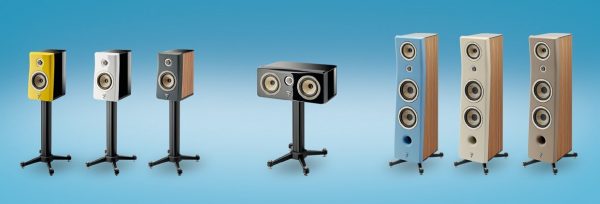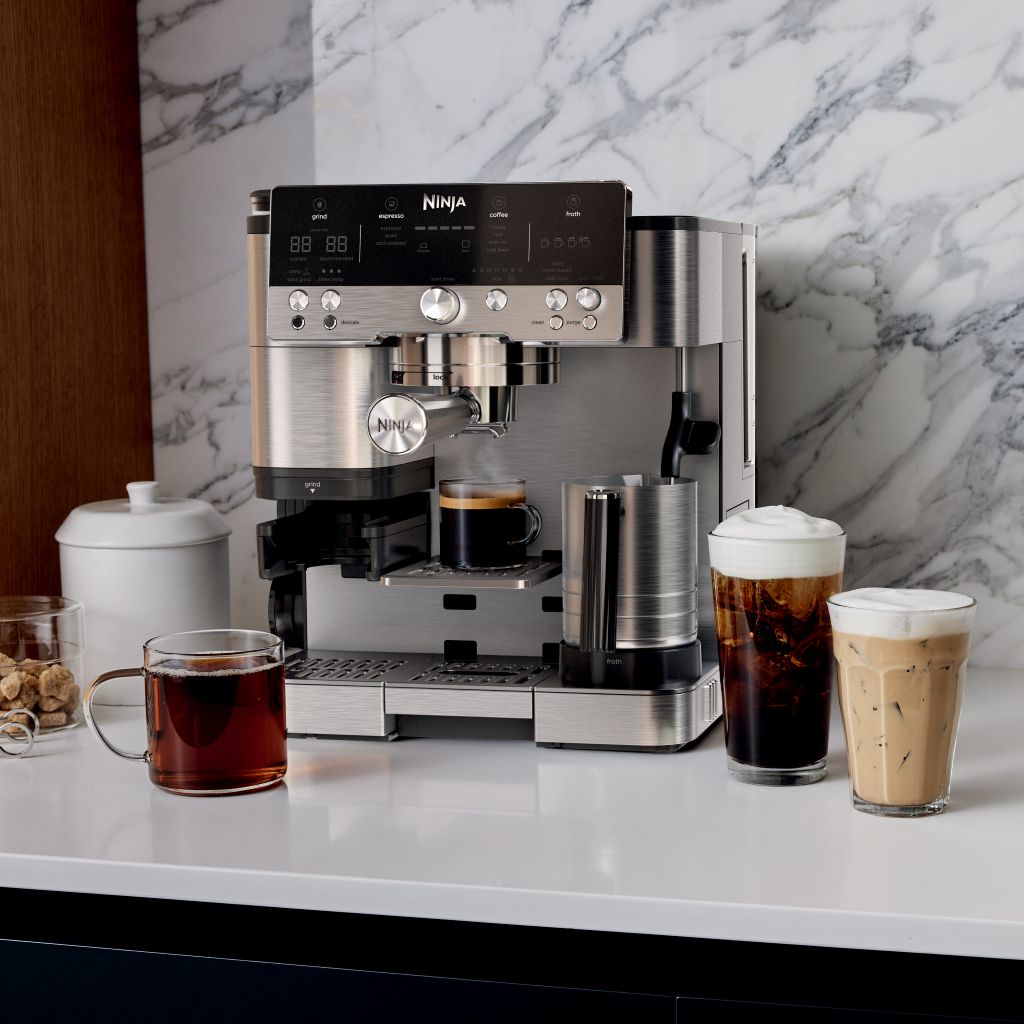BorgWarner Introduces Dual Volute Turbocharger for Gasoline Engines

AUBURN HILLS, Mich., Sept. 6, 2018 /PRNewswire/ — BorgWarner has developed a dual volute turbocharger specifically engineered for gasoline engines in light-duty vehicles with aggressive transient response targets. The company’s new turbocharger delivers a noticeably quicker engine response time when accelerating from low speeds. The dual volute geometry allows for the complete segregation of engine exhaust pulsations so more exhaust energy is available to the turbine wheel, compared with traditional twin-scroll turbochargers. Adding to BorgWarner’s extensive portfolio of engine boosting products, the dual volute turbocharger is a new performance solution for gasoline-powered light-duty vehicles to help Original Equipment Manufacturers (OEMs) accomplish their individual goals.
“BorgWarner’s unrivaled history and expertise in creating advanced engine boosting technologies enable us to take a system approach in technology development as well as support our customers in choosing the right turbocharging solution,” said Robin Kendrick, President and General Manager, BorgWarner Turbo Systems. “Our engineering team recognized that a dual volute turbocharger could provide quicker engine response times for light-duty vehicles that require superior transient behavior. We are excited to bring this new solution to the market.”
A turbocharger, made of a turbine and compressor, works by harnessing normally-wasted energy in the high-temperature, high-pressure exhaust flow from the engine, and then converts that energy into compressed or “boosted” air to feed the engine. The dual volute turbine stage directs exhaust flow through two separate volutes (circumferential passages) of the turbine housing, each of which feed exhaust pulsations directly into one half of the turbine wheel.
Traditional twin-scroll turbochargers maintain separation of the exhaust flow to the turbine wheel by adding a divider wall to the turbine housing, creating a “side-by-side” arrangement of the exhaust flow passages. However, these designs require the exhaust flow from the two passages to enter a smaller common flow channel just before entering the turbine wheel. The common channel allows some leakage of the exhaust flow and pulsation energy between the two sides, which results as a loss of energy available to the turbine wheel.
By eliminating this common flow channel and fully separating the flow passages, BorgWarner’s dual volute turbine stage is able to capture more exhaust pulsation energy than twin-scroll turbines. At low engine speeds, where there are longer periods of time between exhaust pulses and exhaust flow is more variable, the ability to harness the pulsation energy from the engine represents a significant increase in energy available to drive the turbine wheel as compared to the exhaust flow energy alone. This increase in turbine energy utilization at low engine speeds is a key to providing superior turbocharger boost response and meeting quick engine response targets in modern turbocharged engines.
Until BorgWarner’s new solution, dual volute turbochargers were used with diesel engines in commercial vehicles on a limited basis. BorgWarner began developing this new generation of dual volute turbocharging technologies for gasoline engines in 2012 and is now in production with an OEM on a full-size pickup truck – its first dual volute turbocharger for the light-duty vehicle market. The company supplies engine boosting technologies from its comprehensive and growing portfolio to nearly every OEM worldwide. A leader in clean and efficient propulsion solutions for combustion, hybrid and electric vehicles, BorgWarner also designs its products to comply with increasingly stringent global emissions regulations.
About BorgWarner
BorgWarner Inc. (NYSE: BWA) is a global product leader in clean and efficient technology solutions for combustion, hybrid and electric vehicles. With manufacturing and technical facilities in 66 locations in 18 countries, the company employs approximately 29,000 worldwide. For more information, please visit borgwarner.com.
Statements contained in this press release may contain forward-looking statements as contemplated by the 1995 Private Securities Litigation Reform Act that are based on management’s current outlook, expectations, estimates and projections. Words such as “anticipates,” “believes,” “continues,” “could,” “designed,” “effect,” “estimates,” “evaluates,” “expects,” “forecasts,” “goal,” “initiative,” “intends,” “outlook,” “plans,” “potential,” “project,” “pursue,” “seek,” “should,” “target,” “when,” “would,” variations of such words and similar expressions are intended to identify such forward-looking statements. Forward-looking statements are subject to risks and uncertainties, many of which are difficult to predict and generally beyond our control, that could cause actual results to differ materially from those expressed, projected or implied in or by the forward-looking statements. Such risks and uncertainties include: fluctuations in domestic or foreign vehicle production, the continued use by original equipment manufacturers of outside suppliers, fluctuations in demand for vehicles containing our products, changes in general economic conditions, as well as other risks noted in reports that we file with the Securities and Exchange Commission, including the Risk Factors identified in our most recently filed Annual Report on Form 10-K. We do not undertake any obligation to update or announce publicly any updates to or revision to any of the forward-looking statements.
SOURCE BorgWarner





